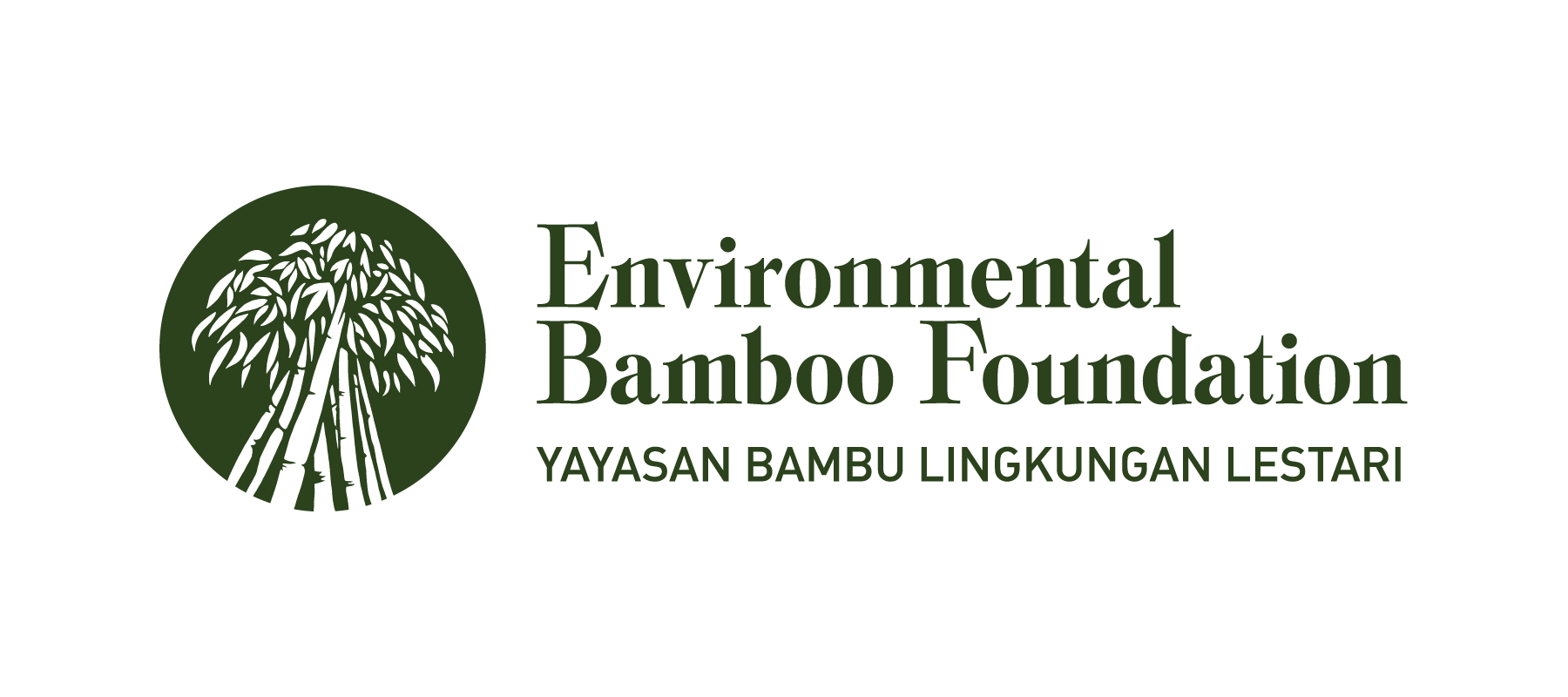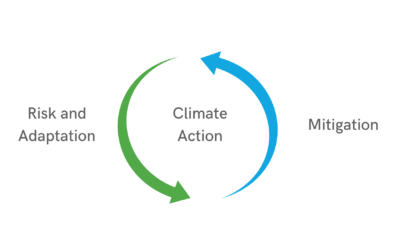Elizabeth Widjaja, Indonesian Bamboo Researcher
Bamboo can only be grown in 80 countries. Indonesia has at least 176 species of bamboo out of a total of 1620 bamboo species in the world. 105 of those endemic species of bamboo in Indonesia cannot be found anywhere else in the world.
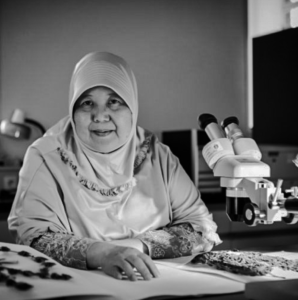
Although it has a huge wealth of bamboo, it turns out that Indonesia does not have many bamboo researchers. Professor Elizabeth Anita Widjaja is a pioneer and perhaps the only bamboo taxonomist in Indonesia. Since 1970, Elizabeth has identified at least 100 variants of 160 species of bamboo in Indonesia.
Elizabeth’s love for bamboo began when she was a student and was involved in research on grasses. Over time, Elizabeth discovered that bamboo is a magical species of grass that has many uses. Yes, you read that right, bamboo is actually a species of grass that can grow to a height of up to 30 meters. Like other grasses, all bamboo has a flexible stem texture and can bend easily.
The woman who gave names to bamboo
Elizabeth’s beginnings in the world of bamboo taxonomy began with research for her thesis. While researching black bamboo as the best bamboo species for making angklung (traditional musical instruments of West Java), she realized that there is only one scientific name for four different species of black bamboo. At that time black bamboo or Gigantochloa verticillata (Wild) Munro is the only name known for four different species: awi hideung, awi ater, awi gambong, and awi mayan.
Elizabeth then became more serious in studying bamboo taxonomy. Thanks to Elizabeth’s taxonomy, the four species of black bamboo were then given new names, some even being named after her last name. Awi ater became Gigantochloa atter, awi gombong became Gigantochloa pseudoarundinaceae (Steud) Widjaja, awi hideung became Gigantochloa atroviolacea Widjaja, and awi mayan was named Gigantochloa maxima (Poir) Kurz.
Until now, at least 160 species of bamboo have been identified and classified by Elizabeth. Of that number, 100 species are the results of her findings.
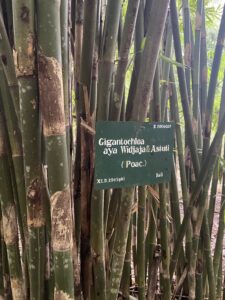
The importance of research for the use of bamboo in Indonesia
The use of bamboo in Indonesia is still not optimal because the government has not paid enough attention to bamboo. Many people think that bamboo is a weed because it is not easy to kill a bamboo clump.
Bamboo has a high survival rate. Even when burned, bamboo can still grow back. Even after experiencing drought during dry season, bamboo will grow again. The extraordinary resilience of bamboo means that it has excellent potential to be planted on dry and degraded lands.
”There are many opportunities for bamboo utilization such as for fiber, renewable energy, preventing erosion, for water conservation, and others. Therefore, we need more research on bamboo,” said Elizabeth.
Research is not only needed to find out the various benefits of bamboo, but also to invent better technology for its sustainable utilization and to increase the added value of bamboo.
“Until now, Indonesia has not carried out a detailed inventory of the bamboo population. Bamboo inventory data using drones and remote sensing is still not sufficient to provide information about the potential of bamboo. Especially if the bamboo lives underneath a tropical forest canopy.” The lack of information related to the bamboo stocks means we unable to know for sure how big the potential of bamboo for industry is in Indonesia.
Bamboo cultivation will not become a priority unless entrepreneurs in Indonesia feel the need for it. In fact, many industries in the world are starting to look at bamboo as a key raw material. For example, the textile fiber industry which has become more popular lately in Indonesia. Currently, Indonesian bamboo textile makers still rely on imported bamboo fibers.
Likewise, bamboo paper is very much in demand for painting. The price of bamboo paper is very expensive because it has high artistic value. Not to mention the benefits of bamboo for medical use. Research to uncover better technology in processing bamboo for various benefits is very much needed.
“I hope the use of bamboo can be increased but it must be balanced with better knowledge and technology to support sustainable utilization,” said Elizabeth.
The capacity of the bamboo industry must be calculated carefully, including the availability of bamboo raw materials. Bamboo cultivation is very important to ensure its availability for the industry and of course for its ecological and land conservation role. Agricultural technology research is needed to support bamboo cultivation for industry.
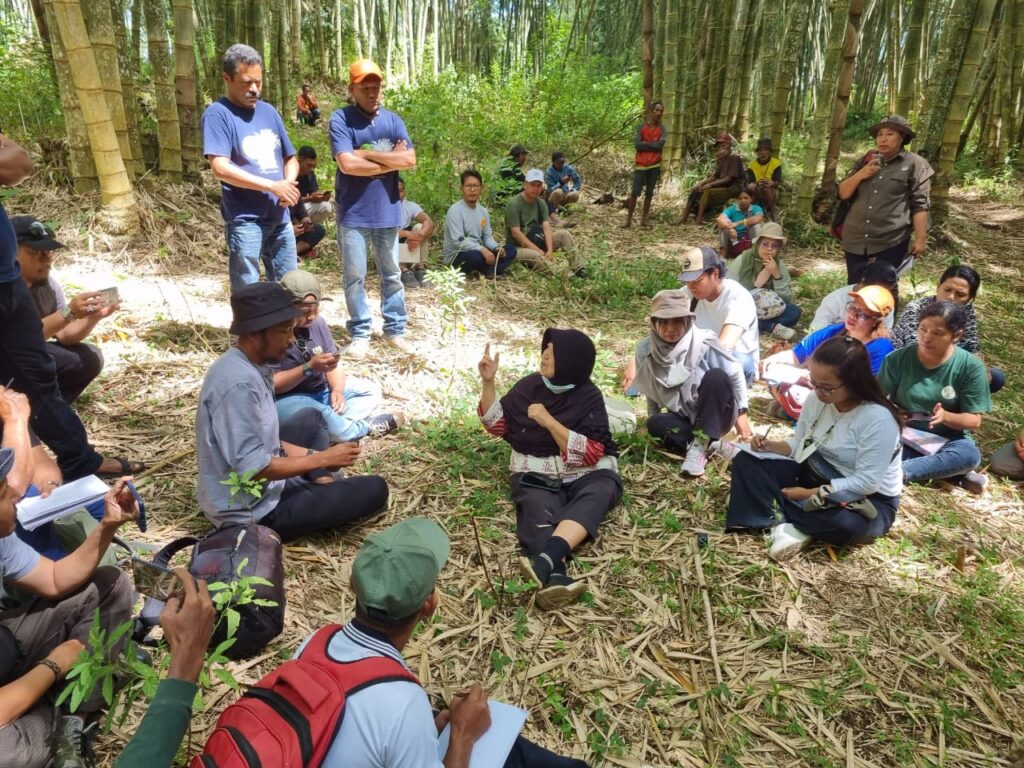
For Elizabeth’s dedication and achievements in the world of bamboo taxonomy, she received various awards, including The Best Young Scientist from LIPI in 1997, Satya Lencana Karya Satya in 1997 and 1998, Bintang Jasa Utama from the President of the Republic of Indonesia in 2000, and the Harshberger Medal by the Society of Ethnobotanists, India in 2001.
